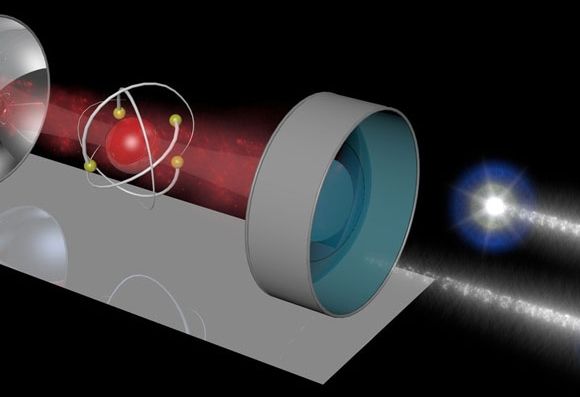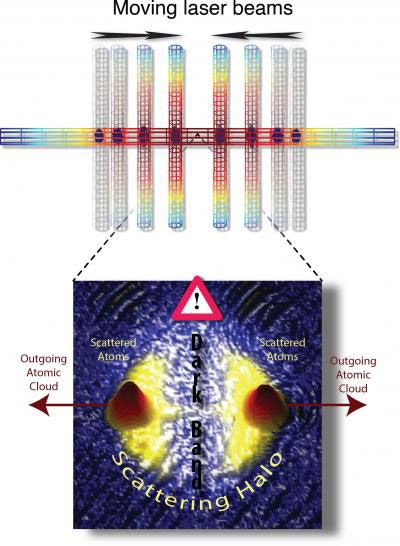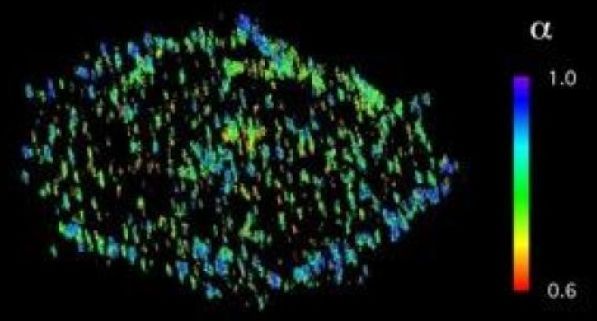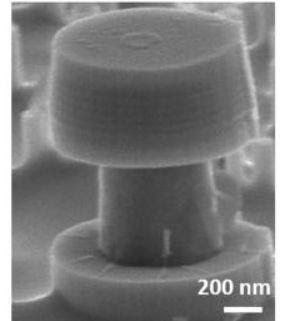Jul 13, 2016
Researchers Develop A Universal Quantum Gate
Posted by Karen Hurst in categories: computing, particle physics, quantum physics
The universal quantum gate to enable long distance communications with QC without degradation.
Scientists have now developed a universal quantum gate, which could become the key component in a quantum computer.
Light particles completely ignore each other. In order that these particles can nevertheless switch each other when processing quantum information, researchers at the Max Planck Institute of Quantum Optics in Garching have now developed a universal quantum gate. Quantum gates are essential elements of a quantum computer. Switching them with photons, i.e. light particles, would have practical advantages over operating them with other carriers of quantum information.
Continue reading “Researchers Develop A Universal Quantum Gate” »

















